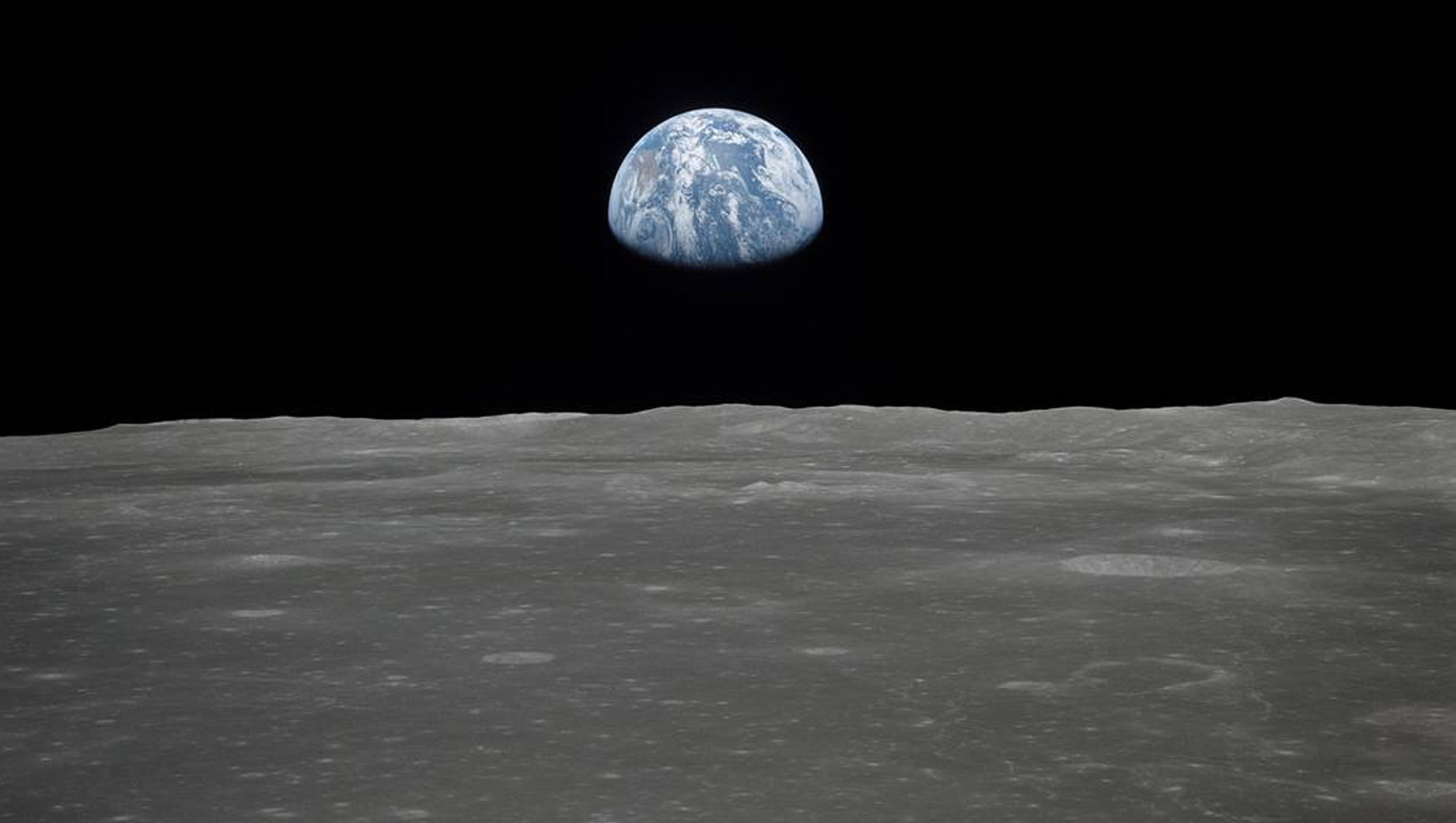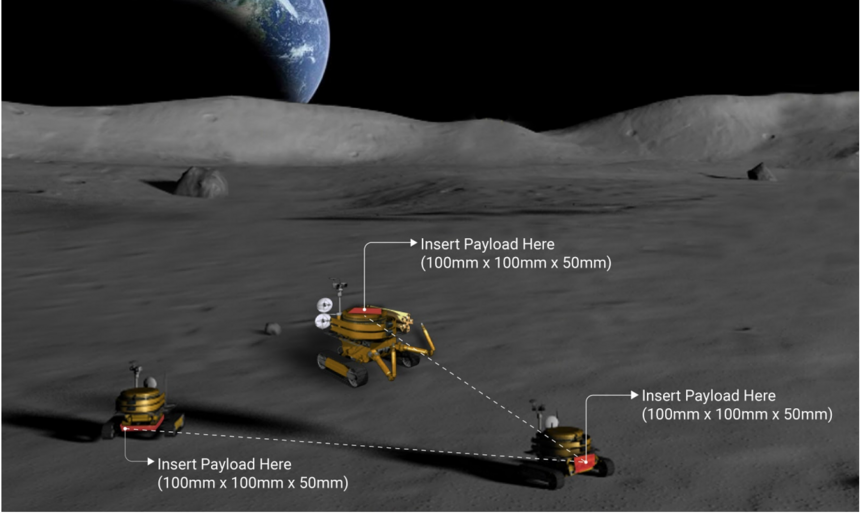Create a free profile to get unlimited access to exclusive videos, sweepstakes, and more!
NASA needs lunar tech the size of a bar of soap—and you to design it

Someone reading this might be the next person whose tech flies to the Moon. NASA’s Commercial Lunar Payload Services (CLPS) program is putting out its antennae for anyone who can develop a high-tech lunar payload to hitch a ride on mini-rovers (about the size of a Roomba) on upcoming Artemis missions starting in 2022. These rovers are compact but capable of amazing science as they scour the lunar surface, and new technology could power the next breakthrough.
There’s just one catch: dream big, but think small. The payload (meaning everything that a spacecraft takes with it into space) has to be about the size of a bar of soap.
“Payloads that support prospecting for resources which help support a sustained human presence are highly desirable, in addition to payloads that enable lunar science, demonstrate new technologies, and/or advance the use of resources found on the moon," Andrew Shapiro, Manager of Technology Formulation at NASA's Jet Propulsion Lab (JPL), tells SYFY WIRE. "NASA JPL has a strong desire for proposed payloads that are smaller and lighter than the limits described in the payload user’s guide."
So how do you really impress NASA? They are crowdsourcing for tech that can accomplish several things. If there’s something about the Moon we want to find out (like what material beneath the surface could tell us about how it formed billions of years ago), and your tech proposes a viable way to do that, it’s one giant leap. Another requirement is for a high level of technology readiness — the concept needs to have been experimented with and backed with proof. The last one is, of course, that whatever you create is compatible with the mini-rovers.
NASA does have its eye out for certain types of payload ideas. Lunar regolith, otherwise known as all those rocks and dust on the Moon's surface, resulted from Earth's satellite getting assaulted by meteorites over and over again. Regolith is also full of resources astronauts are going to need if they are on missions that require hanging out on the moon for a while. Water, CO2, and methane are all hiding in lunar regolith, though any one of these can be more abundant in some areas than others. Water is especially valuable, not just for drinking, but for separating into its components to create breathable air from oxygen and rocket fuel from hydrogen.
"As human space exploration evolves toward a permanent presence on the lunar surface, In situ Resource Utilization (ISRU) will become increasingly important," Shapiro says. "Resupply missions are very expensive. We need to develop practical and affordable ways to identify and use lunar resources, so that our astronaut crews can become more independent of Earth. Future astronauts have to be able to locate and collect lunar resources and then transform them into the essentials for life: breathable air, water for drinking and food production, building materials for shelter, rocket propellants, and more. Our mission capabilities will rapidly increase when useful products can be created from in-situ resources."
Oh yeah, and if astronauts are going to stay more than overnight, they will need habitats. Sulfur in the regolith can act as a binding agent. The regolith itself can be turned into a highly moldable and super-strong cement if combined with astronaut urine, another unexpected binding agent. Other elements that can be mined on the Moon include iron, carbon and titanium, all of which exist on Earth but will be much more convenient to find and use right there. Any tech that can identify specific elements and compounds on the moon is therefore of special interest.
What else is NASA looking for? Anything that can make the lunar environment more livable will stand out. Something that can predict solar storms and give astronauts a heads-up about oncoming cosmic radiation bombing will be especially useful in a place that has no atmosphere as a shield.
"The ability to prospect, map, and characterize in-situ resources not only increases NASA’s progress towards a sustained presence on the moon, but also could revolutionize mining, purification systems, the pharmaceutical industry, and other commercial industries — much as we realized enormous technological benefits and advances from the Apollo Program," Shapiro says. "NASA has issued this challenge to the global community to develop miniaturized payloads that can be sent to the moon and bridge lunar strategic knowledge gaps."
Shoot for the moon, and maybe your idea will literally land on it.
(via NASA)



























